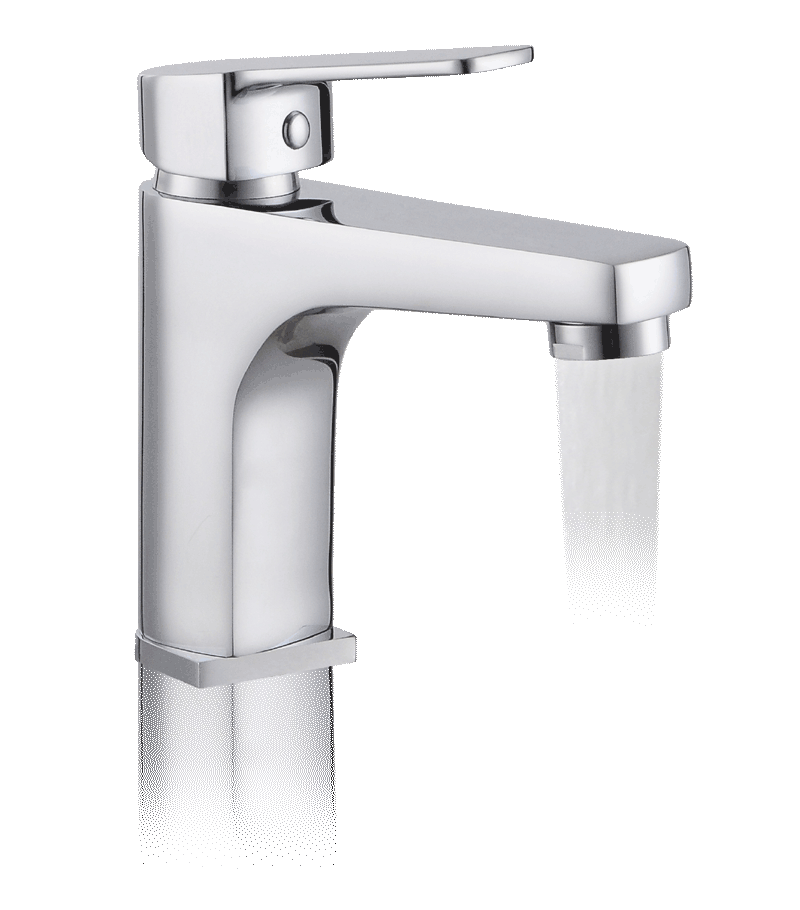Water Quality in the Lab
Water quality is essential for all scientific processes. The water used in a facility's irrigation system differs significantly from the type used in its water coolers, and more importantly, the water in a facility’s plumbing system is fundamentally distinct from the water utilized in its laboratories.
Laboratory Water Quality: Navigating the Essentials
In the laboratory, the focus is often on Total Organic Carbon (TOC) counts in the water, although other factors are equally critical. Regardless of the purification methods employed, trace amounts of carbon materials invariably persist in the water. Therefore, lab managers must address the following questions concerning TOC:
What types and quantities of carbon materials are present in the lab’s water?
How can we ascertain that the water quality meets our stringent standards and is suitable for sensitive projects?
Types of Water
Before delving into water quality assurance, it is essential to understand the types of water commonly used in laboratories and their respective TOC levels: Type 1 (ultrapure), Type 2, Type 3, and Type 4.
Type 1 Water
Type 1 water represents the highest purity, surpassing even premium bottled water brands. It is used in analytical labs for critical tasks such as cell and tissue culturing, where trace carbon elements can significantly disrupt scientific processes.
Type 2 Water
Type 2 water is suitable for simpler scientific processes, including sample dilution and media preparation. It can also serve as feed water for a Type 1 system following further purification.
Type 3 Water
Type 3 water is best used for washing laboratory equipment. Typically, it is tap water that has undergone reverse osmosis.
Type 4 Water
Also known as tap water, Type 4 water generally serves as feed water for Types 2 and 3. Various products, processes, and systems exist for enhancing Type 4 water quality.

TOC Analysis: A Constant Need
Ensuring water purity requires continuous TOC analysis. Filtration systems can occasionally fail, resulting in water that does not meet the required standards, potentially causing contamination. Monitoring systems must be in place for every water source used by your lab, as fluctuations in TOC can adversely impact the lab environment, manufacturing processes, scientific reproducibility, and even human health.
Luckily, XiltriX offers a comprehensive environmental monitoring service that provides the real-time data needed to ensure water quality. Beyond reporting TOC levels across all lab-connected water supplies, we also monitor additional parameters that could affect your projects and intellectual property.
Beyond TOC
In addition to the types of water mentioned above, there’s another type that can occasionally infiltrate the lab: flood water.
As expected, the TOC in flood water is exceedingly high, but this is only one of the many issues it introduces.
With appropriate monitoring systems in place, you will be promptly alerted to any unwanted water entering your lab. Proper disaster prevention protocols, continuity of operations planning (COOP), and suitable equipment can enable you to protect your lab remotely, such as by shutting off malfunctioning valves.
Despite protection against flooding and a robust COOP, various factors can still impact water quality and availability, including changes in water pressure, leaks (both from and into equipment), water flow direction, pH levels, and more.
The good news is that with 24/7 water quality monitoring services, you can ensure the smooth progression of your projects, avoiding potential setbacks.
Explore an in-depth overview of water types for your laboratory in this PDF:





